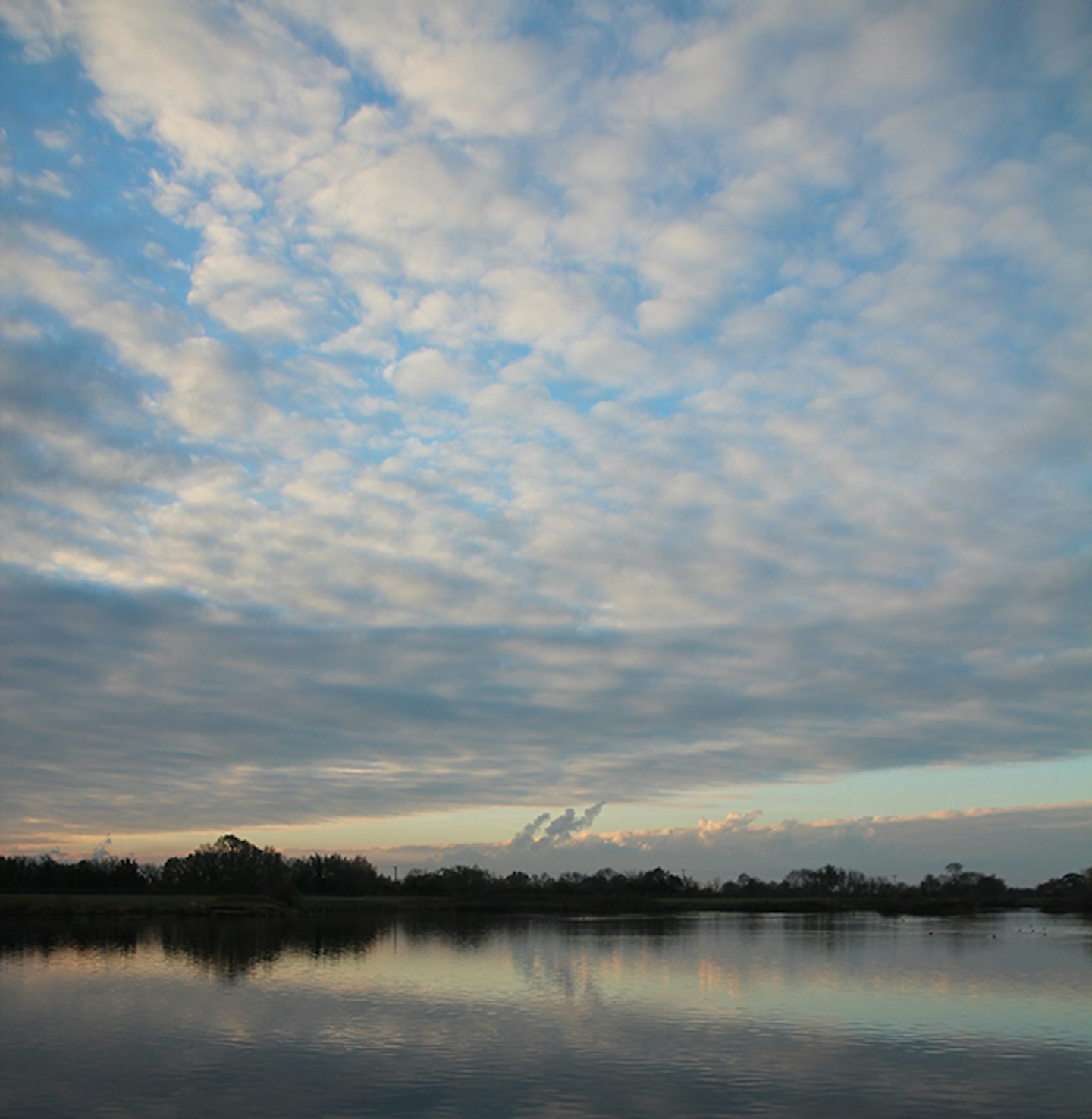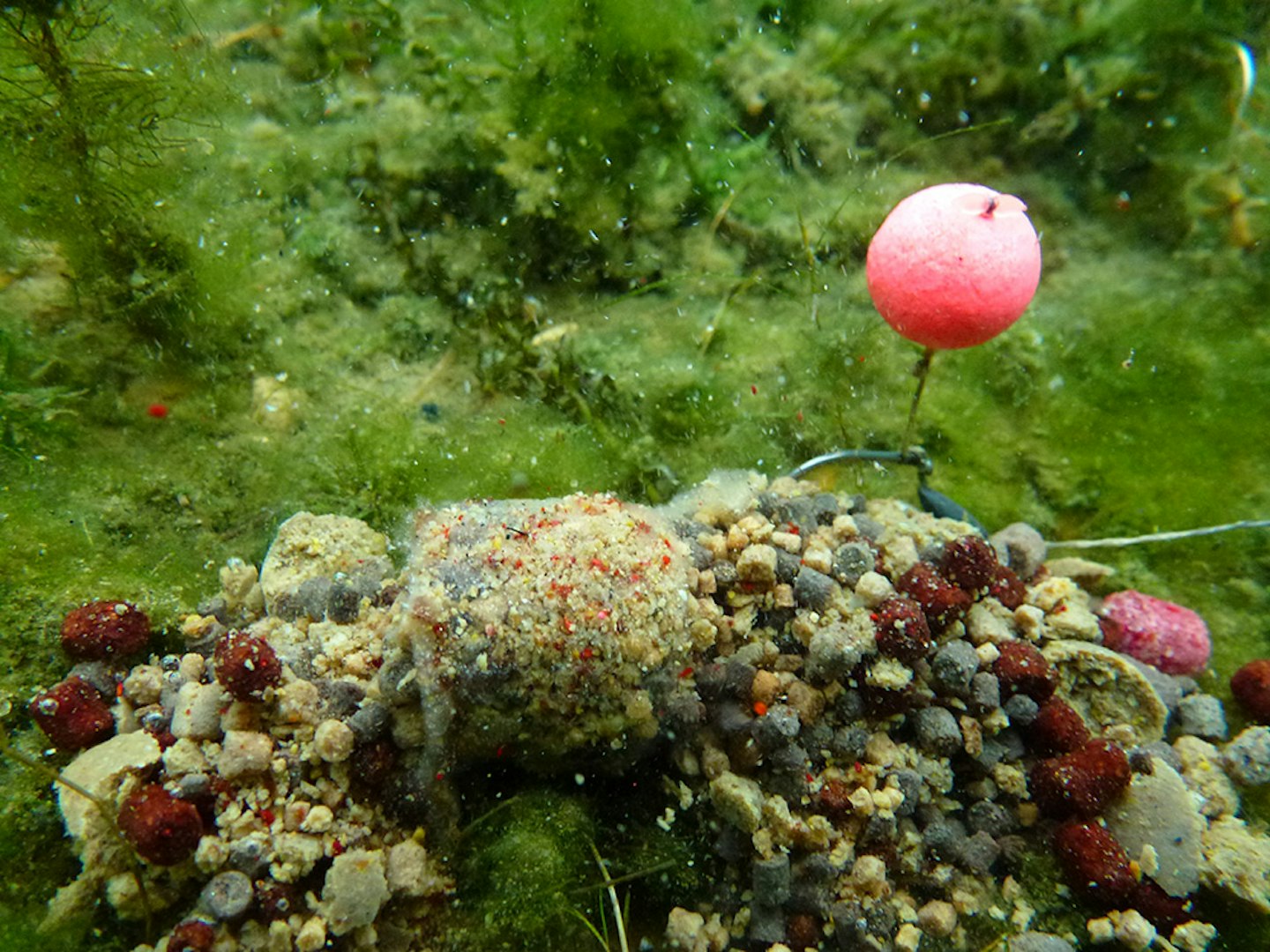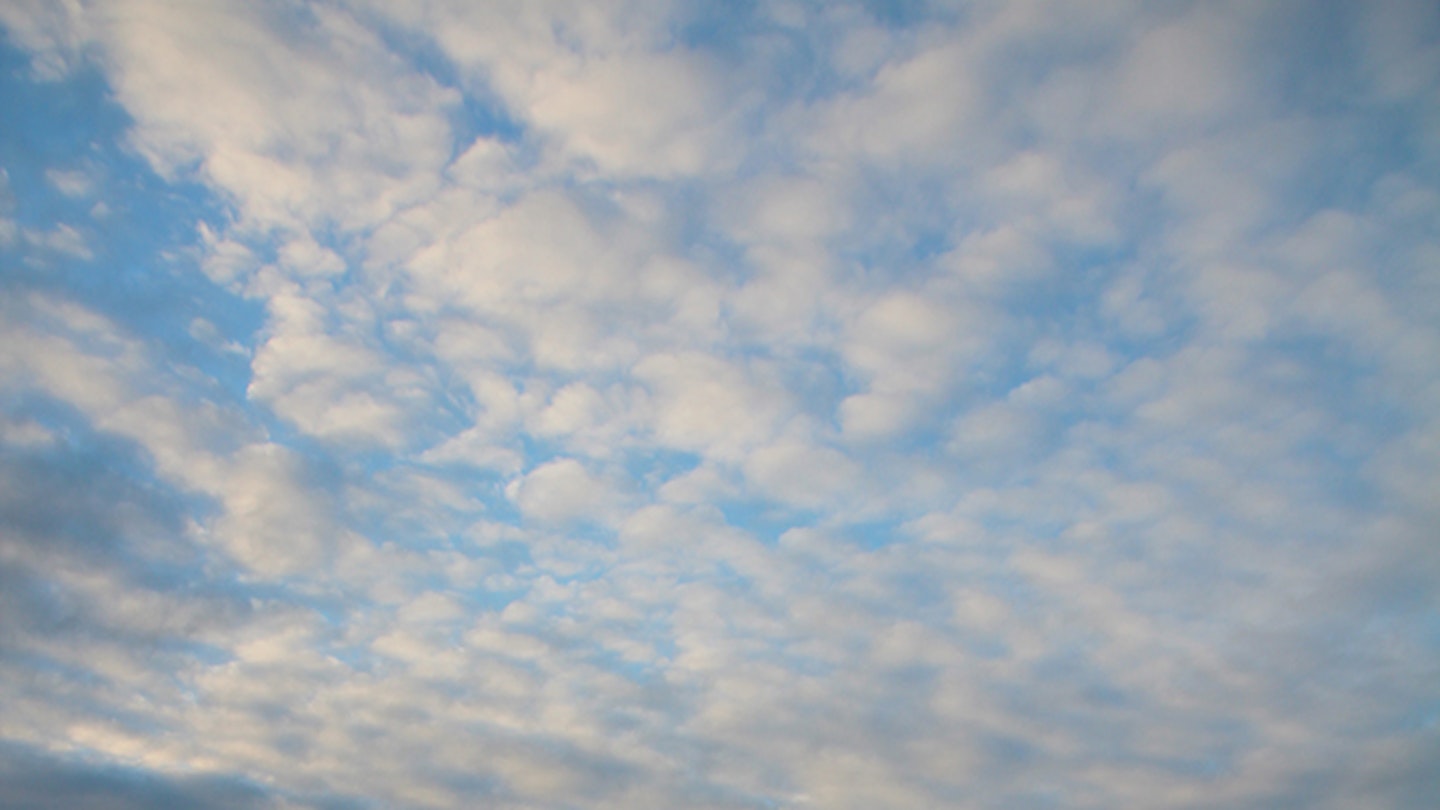Air pressure, temperature and wind all play a part in carp location. Rob Hughes explains...
It doesn’t take you long in your angling career to realise the weather has a massive effect on both your enjoyment and also your catch rate.

Winter in particular is a time when the elements have a massive effect on whether we are likely to catch fish.
Ultimately you will only catch fish if you go fishing but what is certain is that you can predict when is likely to be slightly better and when you know you will be pulling teeth.
With a little understanding of the key elements, the chances of a result are increased tenfold, especially if you can chose when you go.
Air pressure

One of the biggest influences on carp is air pressure, particularly in the winter. Air pressure is basically the weight of the air pushing down on the ground from above. It’s measured in millibars and referred to as high or low.
Air pressure is caused by winds high in the skies that pull air from the ground or push it back towards the ground. As a rule of thumb, a high-pressure system in the winter will be associated with clear skies, cold temperatures and frost. Great to look at and take pictures, but not necessarily the best for angling.
Conversely, a low-pressure system will be the opposite – cloudy, windy and probably wet. The carp feel more comfortable in these much warmer conditions.
Hughesy’s Tip
When the pressure is high the days are brighter and the fish will often be higher up in the water but the fish will be slightly lethargic. Zigs and small PVA bags in the shallower areas are worth a look. If there is low pressure the fish will be down on the bottom and more likely to be moving round, especially if there is a decent wind.

Wind
When the wind is in the north, the skilful angler goes not forth
When the wind is in the south, it blows the bait to the fish’s mouth
When the wind is in the east, the fish will bite the least
But when the wind is in the west, the fishing is at its best
The anglers’ rhyme about wind is valid a lot of the time, but not necessarily a golden rule if you know what you are looking for. Cold winds come from the north and the east, whereas warmer winds come from the south and the wetter winds come from the west.
A strong south-westerly is always a good sign at any time of year but especially in the winter, and big storms can keep the sport alive for a long time into winter. Just because there is an easterly it doesn’t mean the fish will not feed. The water will be warmer at the leeward end of the lake, so if the wind is colder than the water, have it blowing from behind you and fish the calmer spots closer in. If the wind is warmer than the water try at the windward end. Finding out is easy; simply dip your fingers in the lake and see how it feels.
Hughesy’s Tip
When there isn’t a lot of movement of wind, fish the north-east corner of the lake (use the compass on your phone). This will be the area of the lake that is the least disturbed by cold winds, and also will get the most sunlight on sunny days. If there are snags there, you can be sure the carp will not be far away.
Temperature

Water takes a lot longer to warm up and cool down than air, so once it has cooled into winter proper there will not be a lot of change down below unless it’s really windy and being mixed up.
A day of warmer sunnier weather doesn’t necessarily mean it will push the fish into feeding. It’s more likely to be a mix of sunlight and air pressure that gets them going. Sustained periods of steady temperatures will settle the fish into a routine, so once you have found them keep trying that area.
There will be a relatively stable area of water that is on the edge of the cold-water/warm-water mix that the fish will be happy to lie up in. This is usually a couple of feet off the bottom.
Hughesy’s Tip
Prepare for winter in autumn by getting out and seeing where the fish are heading. It isn’t always the deepest part of the lake. It will be the most comfortable and stable or where they are fed. Look at last season’s winter results; that’s your starting point. When it’s really cold, fish a small, bright pop-up 18ins off the lead and re-cast it every 30 minutes to a different spot.
Five tips for winter fishing
-
Fish the north-east end of the lake when you’re not sure where the fish are likely to be
-
Watch the skies – a ‘mackerel’ sky means a change in weather, usually a wet and carp-catching low pressure is on its way
-
Foggy, gloomy days are usually hopeless – I don’t bother going
-
A lot of the time they are a foot or two off the bottom and a bright zig set at 18ins to 2ft off the deck works wonders
-
Go whenever you can. You can’t catch them in front of the telly

